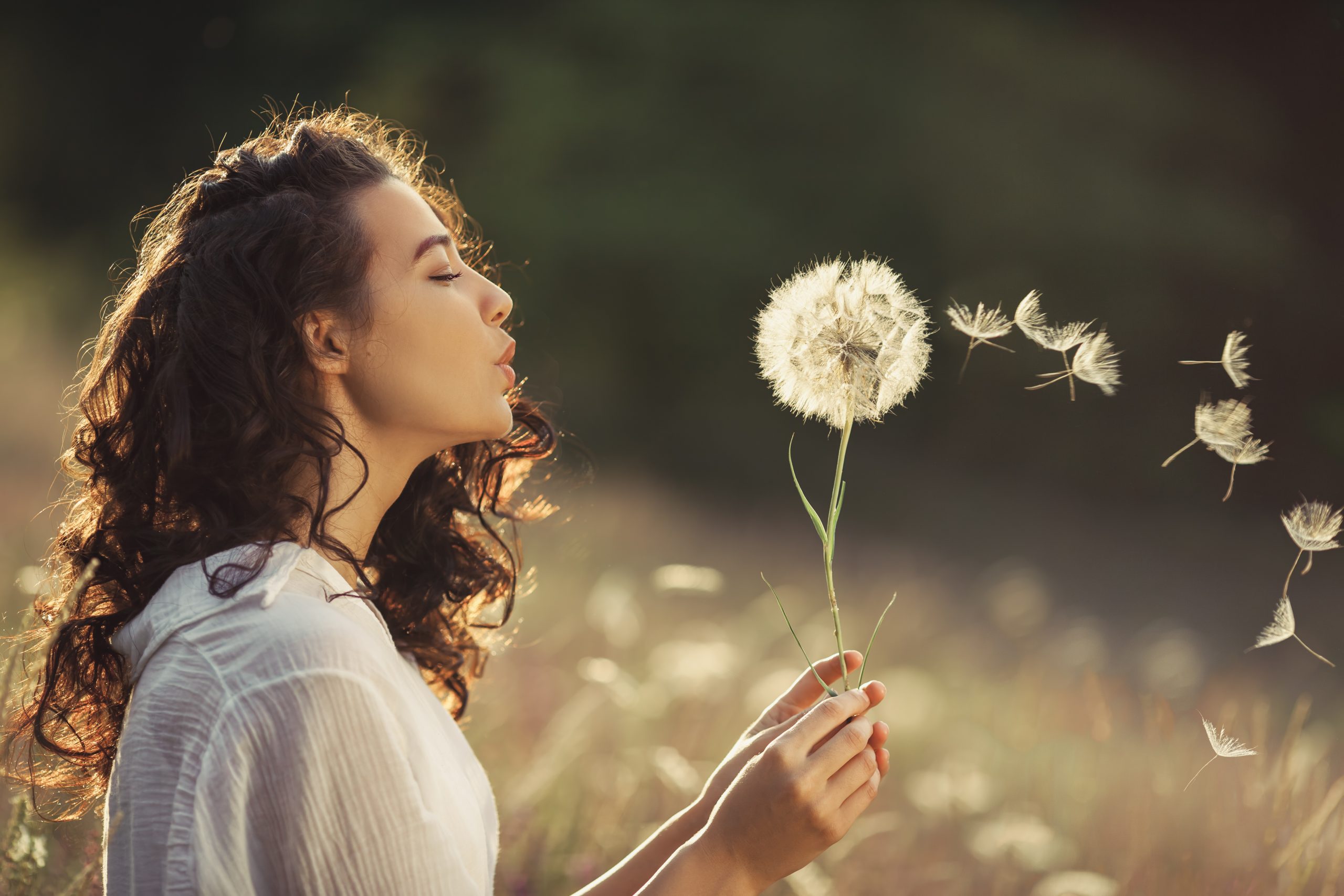
Seasonal allergies: how to deal with them using plant extracts
The arrival of fine weather entices us to spend more time outdoors, but for seasonal allergy sufferers, even a simple walk in the park can turn into the worst nightmare. Allergies are among the most prevalent chronic diseases worldwide; according to the Italian National Institute of Health (ISS), the prevalence of allergic rhinitis is steadily increasing: in Europe, it is estimated at between 10 and 20 per cent.
Living with the symptoms can be critical, but there are some plant extracts that can help alleviate the discomfort of seasonal allergies - let's find out what they are.
Allergy: all the fault of histamine
Seasonal allergies are caused by an overreaction of the immune system to substances in the environment called allergens (such as pollen, for example), which are completely harmless to normal individuals. Upon inhalation or direct contact, the immune system releases mediators, including histamine, a nitrogenous compound that causes allergic symptoms and inflammatory reactions.
Seasonal allergies, also known by the somewhat misleading term 'hay fever', only occur at a certain time of year, most frequently in spring, when the allergens that trigger them are present in the air. Usually the allergic reaction affects the mucous membranes of the nose (allergic rhinitis) or the eyes and periocular areas (allergic conjunctivitis), with typical symptoms such as nasal discharge, congestion, sneezing, tearing and itching. In severe cases, it can exacerbate other pre-existing allergic conditions, such as asthma.
Climate change and seasonal allergies
Pollen allergies are on the rise throughout Europe, which cannot be justified by changes in the genetics, health conditions or lifestyle of its population alone. It has long been known that climate change has a negative impact on seasonal allergies. A recent study examined this very phenomenon.
In fact, climate change causes modifications in the biological cycles of plants, with negative repercussions on the human immune system. Some examples are: earlier flowering and consequently longer pollen seasons, increased pollen concentration due to global warming and increased availability of carbon dioxide, and the spread of allergenic plants to regions that were previously climatically unfavourable. It is also known that particularly frequent and intense spring and summer thunderstorms cause pollen grains to break up, releasing small allergenic particles that can cause serious respiratory problems in predisposed persons.
Natural remedies to fight seasonal allergies
What can we do so that we are not unprepared when trees and plants start to flower? There are essentially two strategies to fight allergies:
- reduce contact with the allergen (when known and if possible);
- reduce hypersensitivity.
Usually, antihistamines or decongestants are used, but many botanicals have also traditionally been used to relieve allergies by virtue of their anti-inflammatory, decongestant, expectorant, antimicrobial and immunomodulatory properties.
It is important to remember, however, that the extracts themselves can trigger allergic reactions in predisposed subjects, so the use of plants and plant extracts should always be supervised by a physician and in any case limited to moderate episodes.
Let's see which are the main plants useful in seasonal allergies:
- Nettle leaf: the use of nettle as a medicinal plant dates back as far as Dioscorides (1st century AD) and its traditional use as an anti-allergic in hay fever, asthma and skin itching is well documented. In addition, it favours the body's physiological purifying functions, the drainage of body fluids and the functionality of the upper respiratory tract.
- Ribes Nigrum (gemmotherapy extract): Ribes Nigrum or blackcurrant has a special action: it stimulates the adrenal cortex to produce corticosteroids and is effective against all types of allergies. It is used for skin and respiratory allergies and is especially indicated for allergic and chronic rhinitis, asthma, bronchitis, laryngitis, pharyngitis, dermatitis and conjunctivitis. Therefore useful for the well-being of the nose and throat.
- Elderflower: Black elder is a valuable remedy for all respiratory problems. It has an anti-inflammatory and decongestant effect and is traditionally used in allergic rhinitis. It also has a diaphoretic action, useful in febrile states. The immunomodulating properties of the flowers and berries are still being studied.
- Marshmallow root: Marshmallow is a classic emollient plant, traditionally used to soothe inflamed mucous membranes, particularly those of the respiratory tract. Its use in coughs is reported by Theophrastus (4th century BC).
We also mention other plant and spice extracts that may be useful for this purpose, such as agrimony, chamomile, echinacea purpurea, erysimum, plantain, thymus vulgaris, mullein and the roots of turmeric, liquorice and ginger.
Visit the download area to obtain our catalogue and information materials on these and other plant extracts.